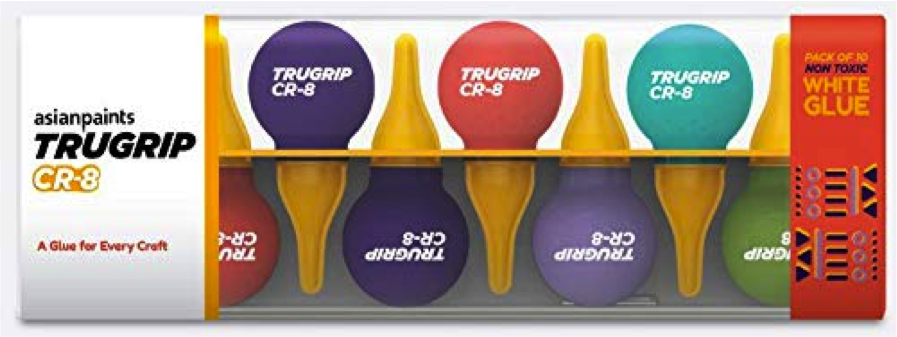By Lata Sankaran
Sustainable Packaging
Heightened consumer concerns about cleanliness and hygiene have resulted in brands attempting new ways to build trust. Consumers need healthy reassurance when it comes to protection and safety. This has enabled certain trends that are non-sustainable and wasteful, even.
‘Single Use’ and ‘Non-returnable’ packaging, for instance, has become the preferred choice for most manufacturers. With recycling codes being rewritten, upcycling and repurposing have become adaptive solutions to sustainability in these changing times. This brings us to the key question for this trend: How brands are altering material choices in the context of a pandemic while addressing environmental issues?
Reusable packaging is faced with challenges when ‘single-use’ and ‘non-returnable’ packaging is emerging to be a viable, potent solution. For instance, Samsung’s new reusable boxes can be transformed into anything from cardboard kitten homes to bookshelves. While this is sustainable, it also provides a very concrete direction for alternative uses.
Elephant Design’s foray into the realm of sustainable packaging can be seen through our work for India’s largest paint company: Asian Paints. With an extensive product portfolio of paints, home décor, and other related products, Asian paints wanted to highlight their adhesives, which were catering exclusively to professional and industrial needs. This meant taking a look at the ways in which adhesives were utilized in home and school environments.
The extensive user research informed the importance of ‘single-use’ and ‘quantity’ as two critical attributes for the pack design. The spherical orb-like design structure addressed both these attributes while enabling precise application control. The playful nature of the orb makes the process of using adhesive a far more delightful experience.
The only challenging aspect of a spherical structure is the inability to stand on its own. This problem was smartly tackled by introducing a secondary packaging and having multiples of these orb-like structures in different vibrant colors.
This secondary packaging was created by keeping the upcycling in mind, where otherwise redundant products are repurposed — in this case, providing a smart functionality that also supports the core packaging.
As can be seen, the pandemic has shifted the conversation around sustainability as the availability of material that can meet the ever-increasing demand for quick packaging has been a concern for the packaging industry.
Re-use of familiar materials like glass, cardboard, metal, and plastic that can mitigate hygiene issues has regained importance. The pandemic has also heightened the unpredictability of situations and brands. Now, they are compelled to stay on their toes and be adaptive in their offerings. Customization to the changing consumer needs and rebuilding confidence in their choices have become the most important aspect of brand communication.
The examples of case studies included in this document offer a glimpse of the growing possibilities of innovation within the packaging design and how Elephant Design can help bridge the alignment of brand beliefs and values to the end consumer.









